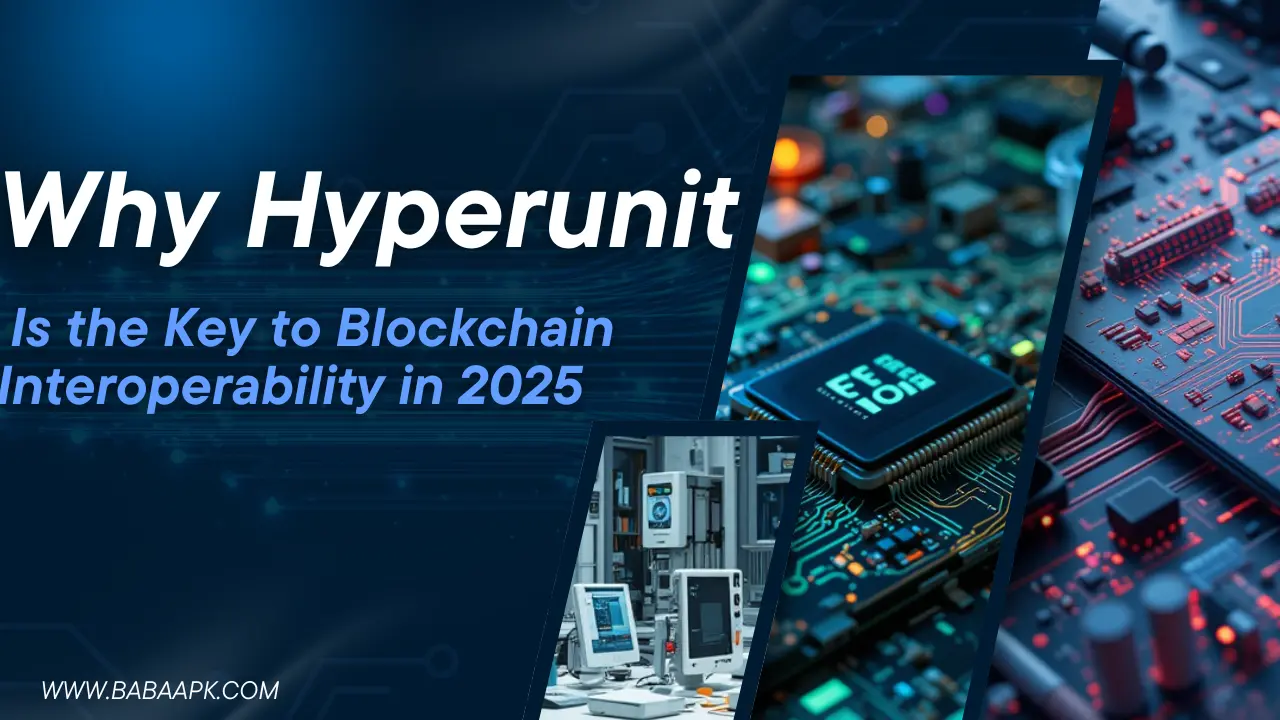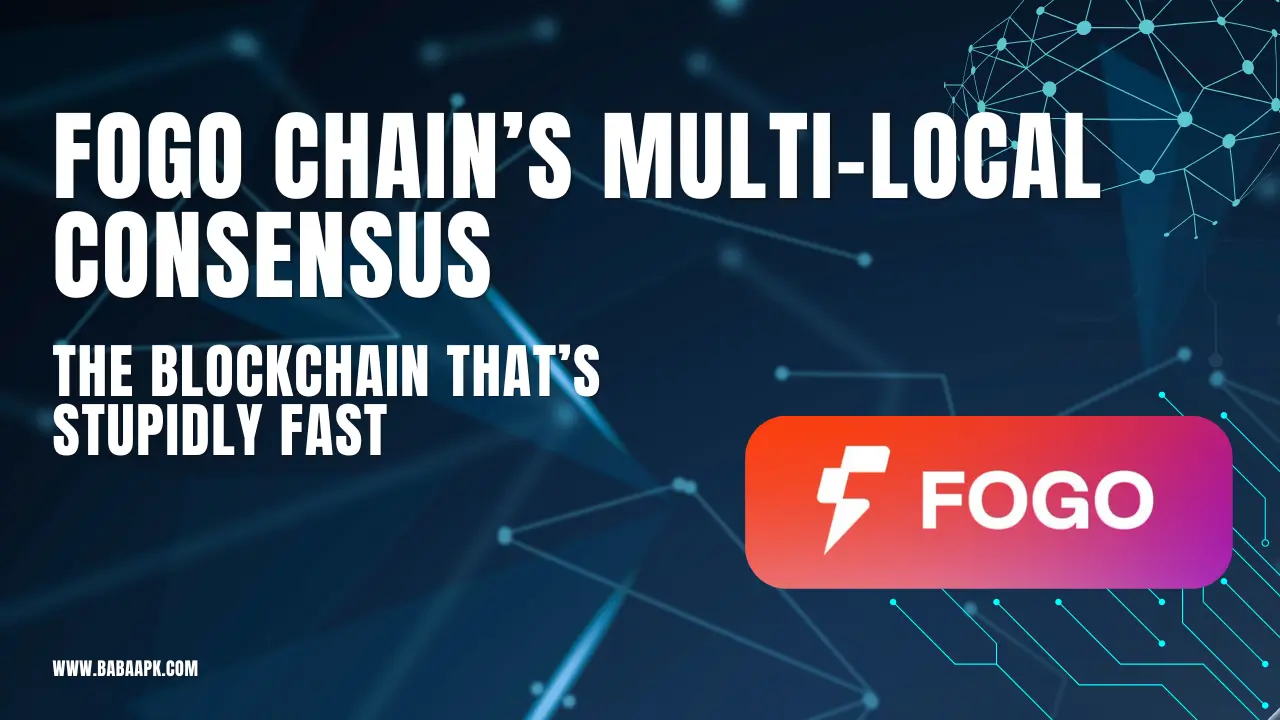DeFi (Decentralized Finance) has completely changed how people interact with financial services. No banks, no intermediaries—just smart contracts handling everything on the blockchain. But as more users jump in, something becomes painfully clear: scalability is a major issue.
Ethereum, the most popular DeFi blockchain, often struggles with congestion and high fees. Layer-2 solutions like Optimistic Rollups and ZK-Rollups have helped, but even they have limits. Now, a new concept is emerging to push DeFi even further: Layer-3 solutions.
But what exactly is Layer-3? How does it differ from Layer-2? And why does it matter for the future of DeFi? Let’s break it all down in plain English.
🚀 What is Layer-3 in Blockchain?
Before jumping into Layer-3, let’s quickly recap how blockchain layers work:
- Layer-1 (L1): The base blockchain, like Ethereum, Solana, or Avalanche. These handle everything—security, transactions, and smart contracts—but they often get clogged and expensive.
- Layer-2 (L2): Solutions built on top of Layer-1 to improve speed and reduce fees. Examples include Arbitrum, Optimism, and zkSync, which use rollups to bundle transactions before sending them to the main chain.
Now, here comes Layer-3 (L3)—a new layer on top of Layer-2 designed to provide even more scalability, customization, and efficiency.
🔑 Key Functions of Layer-3 Solutions:
✅ Application-Specific Scaling – L3 chains focus on specific use cases, like DeFi, gaming, or payments, rather than trying to handle everything.
✅ Custom Environments – Developers can build custom execution layers with different security, privacy, or performance settings.
✅ Ultra-Low Fees – By reducing reliance on Layer-1, Layer-3 solutions can offer near-zero gas fees.
✅ Better Interoperability – L3 networks improve cross-chain communication, making it easier for different blockchains to interact.
Think of it like this:
🔹 Layer-1 = The Highway (busy, congested, expensive)
🔹 Layer-2 = Carpool Lane (faster, but still has limits)
🔹 Layer-3 = Private Toll Road (optimized for specific needs, ultra-efficient)
🔥 Why Does DeFi Need Layer-3 Solutions?
Even with Layer-2 scaling, DeFi still faces major challenges:
1️⃣ High Gas Fees: L2s reduce costs, but certain DeFi actions (like swapping tokens or liquidating positions) still get expensive.
2️⃣ Congestion Issues: When many people use an L2 network, fees can spike—just like on Ethereum.
3️⃣ Customizability Limits: DeFi apps on L2 must follow general-purpose scaling rules, rather than having custom solutions tailored for them.
Layer-3 fixes these issues by allowing DeFi platforms to create their own dedicated execution environments. Imagine Uniswap, Aave, or Curve running on their own custom Layer-3 chains, optimized specifically for DeFi trades and lending, without congestion from NFT or gaming traffic.
🔗 How Layer-3 Works: A Closer Look
Layer-3 networks operate on top of Layer-2 and often leverage ZK-Rollups (Zero-Knowledge Rollups) to achieve lightning-fast transactions at minimal cost.
Here’s a simplified breakdown:
1️⃣ Users interact with a Layer-3 app (e.g., a DeFi platform).
2️⃣ Transactions are batched and processed off-chain for ultra-low fees.
3️⃣ ZK-Proofs ensure security and validity, proving transactions are correct without sending full data to Layer-2.
4️⃣ Finalized transactions are submitted to Layer-2, which then batches them for Layer-1 settlement.
The result? A more efficient, cheaper, and faster DeFi ecosystem.
💡 Notable Layer-3 Projects Leading the Way
1. StarkEx & StarkNet – Pioneers of ZK Scaling
StarkWare, the company behind StarkEx and StarkNet, is one of the first to explore Layer-3 solutions. While StarkNet is a general-purpose L2, StarkEx provides customized rollup solutions—a stepping stone toward L3 adoption.
🔹 Used by dYdX, Immutable, and Sorare
🔹 Focuses on ZK-Rollups for ultra-fast transactions
🔹 Provides custom execution layers for DeFi and gaming
2. zkSync’s Layer-3 Vision – HyperChains
zkSync, an L2 scaling project, has announced HyperChains, a network of Layer-3 chains that developers can customize for specific applications.
🔹 Built using ZK-Rollups
🔹 Allows projects to create application-specific chains
🔹 Aims to deliver near-instant transactions with almost zero fees
With zkSync’s Layer-3 model, DeFi apps could have their own high-speed, low-cost ecosystems, separate from gaming, NFTs, and other traffic-heavy applications.
3. Arbitrum Orbit – Custom L3 Chains
Arbitrum, one of the leading L2 rollups, has introduced Orbit, a framework for building custom L3 chains on top of Arbitrum’s Layer-2 infrastructure.
🔹 Focused on DeFi, DAOs, and Web3 apps
🔹 Offers highly customizable execution layers
🔹 Allows projects to set their own security and governance models
With Arbitrum Orbit, DeFi projects can create their own private blockchain environments while still benefiting from Ethereum’s security.
📈 The Future of Layer-3 in DeFi
Layer-3 isn’t just a concept—it’s the next logical step in blockchain scaling. Over the next few years, we’ll likely see:
🔮 Major DeFi protocols launching their own Layer-3 chains (Uniswap, Aave, Curve, etc.).
🔮 Lower fees and faster transactions across all DeFi applications.
🔮 More interoperability between blockchains, making cross-chain DeFi easier.
🔮 DeFi-specific Layer-3 networks, designed for high-speed trading, lending, and derivatives.
As blockchain adoption grows, Layer-3 solutions will be critical in ensuring DeFi remains accessible, scalable, and efficient.
🔥 Final Thoughts: Is Layer-3 the Ultimate Solution?
While Layer-3 solutions are still in their early stages, they have the potential to completely reshape the DeFi landscape. By offering custom execution layers, ultra-low fees, and tailored environments, L3 solutions solve many of the problems still plaguing DeFi.
If Ethereum and other L1 blockchains continue to struggle with congestion, L3 adoption will accelerate even faster. In the near future, DeFi applications running on Layer-3 chains might become the norm, giving users fast, cheap, and seamless financial services.





